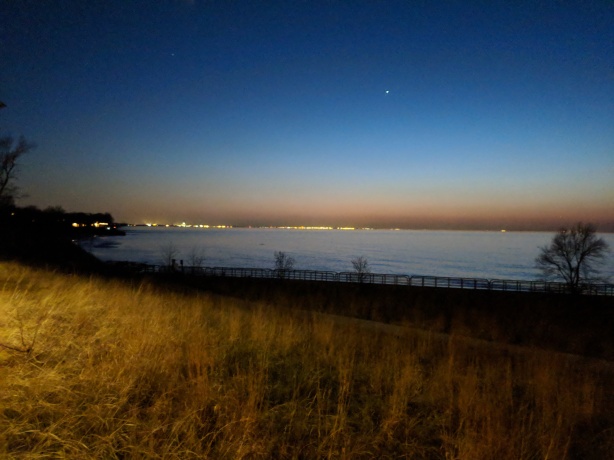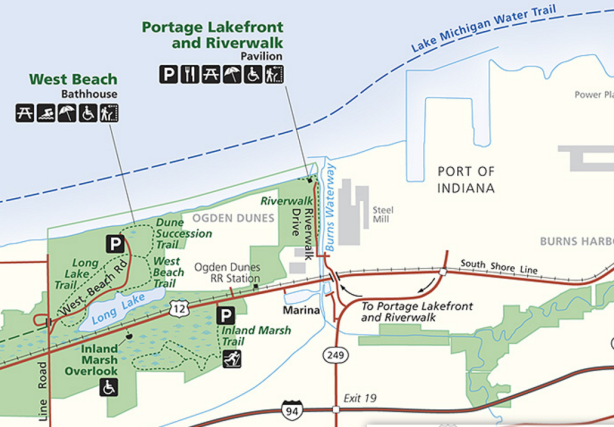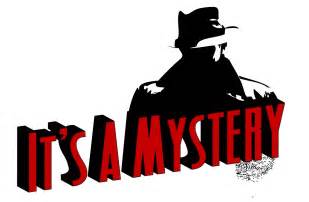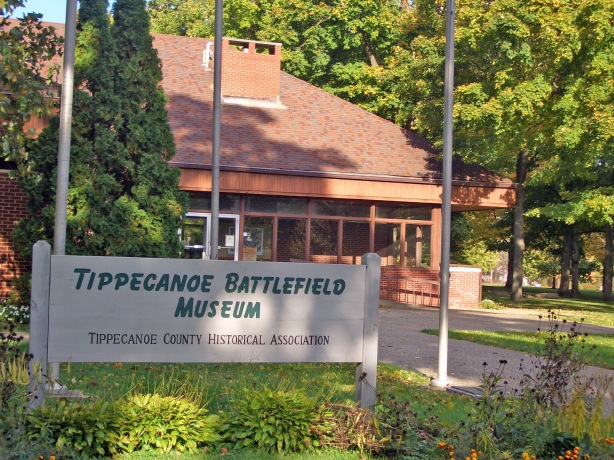
Though I don’t have a formal “bucket list,” I always keep my bucket close to hand. On our May trip to the Indiana Dunes National Lakeshore, we diverted to visit the Tippecanoe Battlefield near the town of Battle Ground, Ind.
I did not grow up in Indiana and so my youthful education was not saturated in the worship of frontier generals and genocidal campaigns to find new land for white settlers. But a chance to see the site where Gen. W.H. Harrison gained a large measure of his fame could not be missed.
It’s an easy site to visit. If you’re on I-65 near West Lafayette, on your way between Indianapolis and Chicago, it’s a convenient stop for picnicking or to take a convenience break. The site is just east of the interstate highway (EXIT 178 – so about 178 miles from “home” at the Kentucky-Indiana state line), but to get there you must first head west toward Lafayette and then circle back under to discover Tippecanoe Battlefield and Museum as well as its companion site, Prophetstown State Park.
The museum is operated by the Tippecanoe County Historical Society and adjoins the battlefield where, on Nov. 6, 1811, a battalion from the territorial capital of Vincennes staged to attack the village that a federation of American Indian tribes treated as their capital.
Personally, I found the battlefield and the entire theater of operations to be shockingly compact, bounded by a creek and a marsh. Prophet’s Town, the intended target of the regular and militia troops, would have been, perhaps, a 15-minute march from the encampment that became the battle ground in the early hours of Nov. 7.
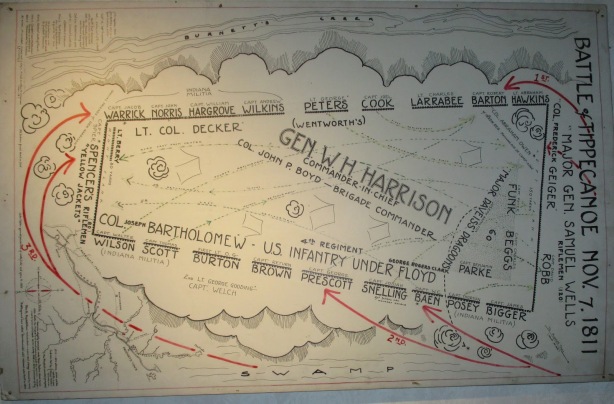
Prophet’s Town was, in essence, a religious capital for the the Indian nations. Tenskwatawa (The Prophet) was revered for his visions and his guidance, and drew pilgrims from throughout the region. As more white settlers encroached, his brother Tecumseh became more prominent as a leader by the time of this pivotal battle.
Although a parley was scheduled for the next day, Harrison deployed his troops in battle formation. At about 4 a.m., the tribes attacked. The Prophet had intended to kill Harrison himself and instructed his force to concentrate fire on the man on the pale horse. For whatever reason, Harrison took to the saddle of another horse while directing this battle, but the goal of killing the man on the pale horse was fulfilled.
Including lunch, we were there for no more than an hour but were able to tour the museum, chat with the docent, and peruse the spectacular onsite bookstore. I was jealous.
Though still a territory of the U.S. government, Indiana was but a few years from statehood. When formally organized, the state’s counties were named after prominent heroes of the American Revolution, such as Washington, Franklin, Jefferson, et al, and military heroes like LaFayette, etc. But as the Hoosier State began naming counties, no fewer than 14 counties bore the name of men who won the victory at Tippecanoe.
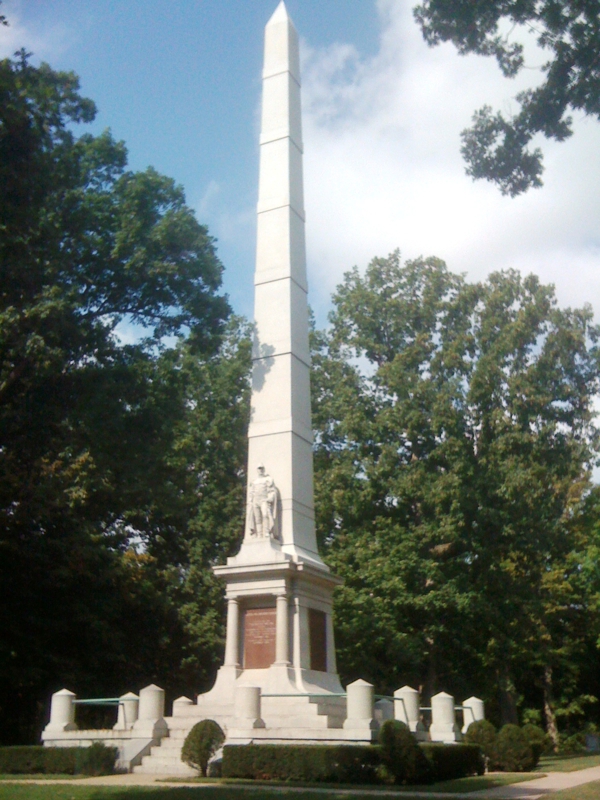
If you look closely at the map on this page, you may see a name that’s both familiar and unfamiliar. In our area, we know George Rogers Clark. But have you ever heard of Lt. Col. George Rogers Clark Floyd? He was the titular leader of a major component in Harrison’s force, but was on furlough at the time of battle. Of course, it’s all but settled that our Floyd County was named after Davis Floyd, a non-commissioned officer who fought at Tippecanoe.
DID YOU KNOW? (Of course you did) Gen. Harrison derived lifelong fame from his victory at Tippecanoe and it became his nickname, immortalized in what some call the first campaign slogan for the presidency of the United States – “Tippecanoe, and (John) Tyler, Too.” Unfortunately, after his inauguration, Harrison grew ill and died, making him the U.S. president whose term was the shortest.
